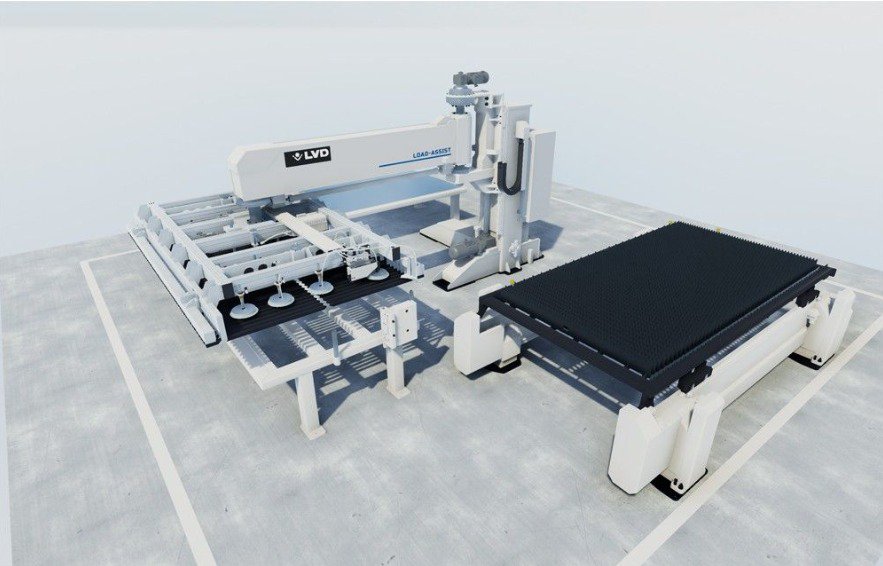Test your PLC code using digital twins & virtual commissioning

Digital Twins
Why use digital twin tools for PLC-controlled systems?
Integrating digital twin technology with PLC systems in industrial automation revolutionizes efficiency, productivity, and safety. This fusion enables the creation of a virtual counterpart for real-world systems, allowing to test software before the first physical prototype is even available. When it’s time for deployment, your code is ready and tested, reducing the commissioning time of machines up to 75%.
Such advancements facilitate enhanced system design, reduced operational interruptions, and significant cost efficiencies, while also bolstering safety measures and supporting remote system management. This approach not only streamlines development processes but also paves the way for innovative solutions and continuous learning in the manufacturing sector.

How to choose the right digital twin platform for PLC-controlled systems?
When looking for a digital twin platform for PLC, pay attention to the type and complexity of your system, the PLC programming language and the simulation features:
- Make sure the platform can handle components, sensors, actuators and communication protocols of your system.
- Verify its compatibility with your PLC development environment and hardware.
- Look for a tool that offers the features you need such as real-time simulation, visual or numerical output, fine-tuning of parameters, fault injection or testing, data logging or analysis. Ideally minimize the number of different software components that need to be set up to test your digital twin, so that this setup can easily be shared with colleagues or be deployed on an automated test setup.
How to implement digital twins for PLC-controlled systems?
To utilize a digital twin tool for PLC-controlled systems effectively, there are 4 steps you need to follow:
1. Visualize
Start by importing a CAD model and its PLC logic to the digital twin tool. If there’s no CAD model available, create a basic virtual model consisting of primitive shapes (spheres, cubes, ...) using the tool's visual or coding interfaces.
2. Set objectives
Set your machine objectives and configure the simulation's specifics and parameters: the simulation mode, duration, resolution, variables, initial conditions, inputs, outputs, and events.
3. Test scenario’s
Run different (machine) simulations while controlling the DT from your PLC code to observe the results on the output window or dashboard. The beauty of testing PLC-code using digital twins is that you can take in account everybody's strategy and approach of what the best PLC-code and solutions will be. Testing and analyzing has no limitations now.
4. Analyze & optimize
Analyze and evaluate the results you get with the analysis tools to measure, compare, and optimize performance, reliability, and safety. Finally, use the modify and repeat functions to make changes to your system and its PLC logic until you achieve the desired result.
Tips and best practices
Maximizing the effectiveness of your digital twin platform requires leveraging authentic data and scenarios that accurately mirror the real-world conditions and objectives of your specific project or operation.
Furthermore, it’s essential to check and validate that your digital twin and its simulation results align with your actual system's characteristics and behavior, as well as conforming to relevant industry standards and regulations. To ensure transparency, accountability and collaboration, it's important to document and share details about your digital twin's development and results.
Meet Dual, digital twins-as-a-service platform
With our simulation tool Dual you can set-up and run simulations very fast. It integrates with multiple physics engines and can connect with multiple industry protocols to achieve the best and most realistic simulation. Since it’s a standarized platform, it’s extremely cost-efficient and provides a competitive advantage to your competitors.
